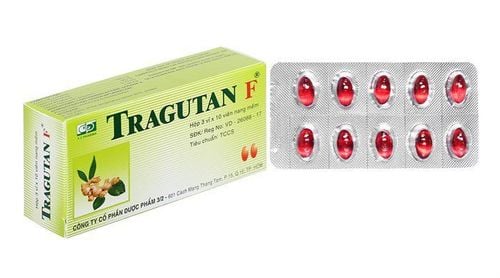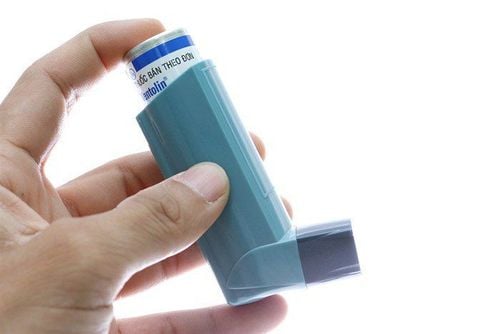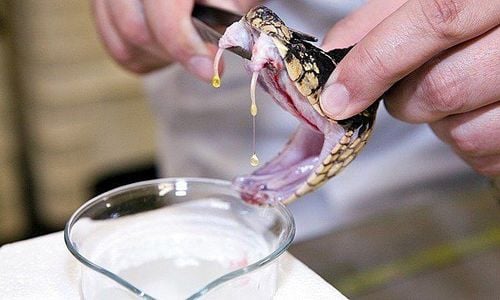This is an automatically translated article.
Whole lung lavage is a technique indicated for the treatment of a number of respiratory diseases such as pneumoconiosis, alveolar proteinosis,... This treatment helps to improve lung function, helping to increase lung function. life expectancy and re-work for patients.
1. What is total lung lavage?
Total lung lavage is also called total bronchoalveolar lavage. This is a method of introducing a large amount of water into the whole lung (usually over 20 liters of water) to remove silica dust particles, coal dust, impurities or dust-eating macrophages in the alveoli,...
Technique This technique helps to slow down the progression of diseases such as anthrax, silicosis, alveolar proteinosis, and at the same time clears the bronchial lumen, alveoli and helps open the airways, improves lung function . At the same time, the technique of whole lung lavage also limits the progression, reduces the process of pulmonary fibrosis, reduces the risk of respiratory diseases and complications from pneumoconiosis. In particular, lung washing also helps reduce the risk of bronchitis, pneumothorax, alveolar dilation, atelectasis, pulmonary tuberculosis,...
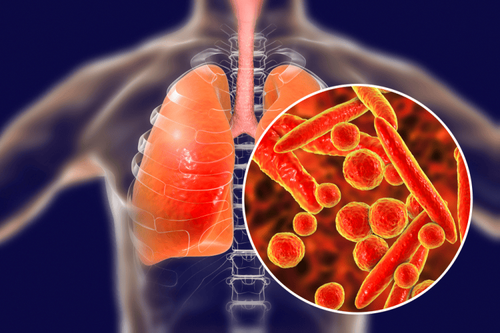
Rửa phổi có thể giúp ngăn ngừa bệnh lao phổi
About the procedure: First, the patient is under general anesthesia, intubated with a double-bore tube. Next, the patient is mechanically ventilated on one side, bringing the right amount of water into one lung to conduct lung lavage. The principle is to wash each lung. After washing one lung clean, continue to wash the other lung.
2. Indication for total lung lavage
2.1 For people with pneumoconiosis
Pneumonia is a condition in which dust accumulates in the lungs due to frequent inhalation of dust containing smoke for a long time. If the dust size is large, it will be retained in the airways and eliminated easily. If the dust is small, they will go deep into the alveoli, leading to a slower elimination. Over time, these dust particles cause pneumoconiosis. The cause of pneumoconiosis is mainly due to contact with materials that are dispersed into very small particles, capable of entering the lungs. Silicosis (found in quarry workers involved in grinding, cutting, manufacturing construction materials) and coal lung dust (found in coal mining workers) are the most common.
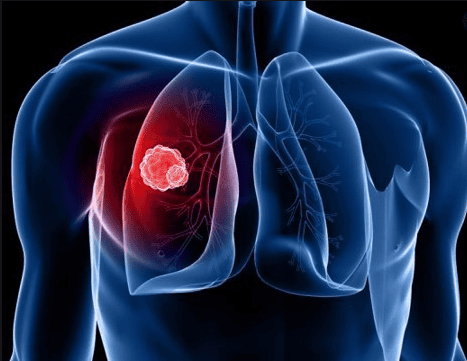
Nguyên nhân gây ra bệnh bụi phổi là sứ tích lũy bụi trong đường thở
Common symptoms in people with pneumoconiosis are dry cough, black sputum, chest tightness, shortness of breath, coughing up blood in the morning, end bronchiolitis obstruction,... The disease can lead to many diseases. dangerous complications such as respiratory failure, chronic bronchitis or acute bronchopulmonary infection. Treatments for pneumothorax are usually antibiotics, oxygen, and total lung lavage. In particular, the whole lung lavage is the method that is widely applied and brings positive results today.
2.2 Allow workers to work for a long time in an environment with lots of rock dust and coal dust
As mentioned above, people working in quarries, coal mining or jobs related to coal and stone production,... are at high risk of coal dust and silicosis. If workers work in an environment with lots of rock and coal dust, if their lungs are not washed, they will have chest pain, shortness of breath, cough, sputum, fever, insomnia,... for the rest of their lives. Therefore, whole lung lavage is also used for prophylactic treatment for this group of workers, contributing to the prevention of dangerous respiratory problems.

Người làm trong môi trường khói bụi không được rửa phổi sẽ gây khó thở, mất ngủ
2.3 For people with alveolar proteinosis
Pulmonary alveolar proteinosis is a rare disorder of the lungs, with a prevalence of only about 0.37/100,000 people, usually occurring in men, between the ages of 20 and 50. This condition. characterized by accumulation in the alveoli of large amounts of lung surfactant-like lipoproteins.
Symptoms of alveolar proteinosis are mainly dry cough, shortness of breath and weight loss. If not detected early and treated promptly, the disease can lead to respiratory failure and death. The diagnosis of the disease is mainly based on chest X-ray, CT scan of the chest and bronchoalveolar lavage. Effective treatment for this disease is immunosuppressive therapy and total lung lavage.
Patients should pay attention, whole lung lavage is contraindicated in cases of severe coagulopathy, liver failure, severe renal failure, heart failure, severe respiratory failure or at risk of allergy to anesthetics, anesthesia. In cases where lung lavage is indicated, almost all patients after performing the technique have completely reduced their clinical symptoms, and their health has improved markedly.

Bệnh nhân suy tim chống chỉ định rửa phổi toàn bộ
Vinmec International General Hospital with a system of modern facilities, medical equipment and a team of experts and doctors with many years of experience in medical examination and treatment, patients can rest assured to visit. examination and treatment at the Hospital.
To register for examination and treatment at Vinmec International General Hospital, you can contact Vinmec Health System nationwide, or register online HERE.
LEARN MORE
Bronchoscopy: Methods of diagnosing respiratory diseases Instructions for monitoring breathing to detect pneumonia Learn about lung cleaning methods for occupational disease






